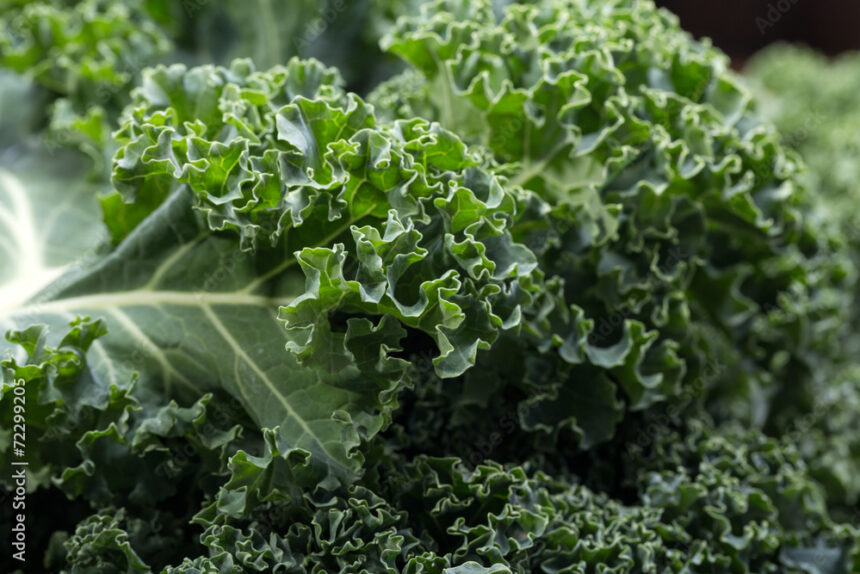When growing kale in South Africa, there are several infections and diseases to watch out for to ensure the health and productivity of your crop. Here are a few common ones:
- Downy Mildew (Peronospora parasitica):
Downy mildew is a fungal disease that affects kale plants. It causes yellowish spots on the upper leaf surface and a white to grayish mold on the lower surface. To manage downy mildew, ensure good air circulation, avoid overhead irrigation, and consider using fungicides if necessary. - Black Rot (Xanthomonas campestris pv. campestris):
Black rot is a bacterial disease that affects kale and other cruciferous crops. It causes V-shaped yellow lesions on the leaf edges, which turn brown and become dry. The disease can spread rapidly, leading to plant death. To prevent black rot, practice crop rotation, remove infected plant debris, and use disease-free seeds. - Clubroot (Plasmodiophora brassicae):
Clubroot is a soil-borne disease caused by a pathogen that affects the roots of kale plants. It leads to the formation of swollen, distorted, and club-like roots. Infected plants may exhibit stunted growth and yellowing leaves. To manage clubroot, maintain proper soil pH (slightly acidic), practice crop rotation, and consider using resistant varieties. - Aphid Infestations:
- Aphids are small sap-sucking insects that can transmit viral diseases to kale plants. They can cause curling and distortion of leaves, as well as the presence of sticky honeydew. Monitor your kale plants regularly for aphid infestations and employ integrated pest management techniques, such as introducing beneficial insects or using insecticidal soaps if necessary.
- Whitefly Infestations:
Whiteflies are tiny insects that feed on the sap of plants, including kale. They can cause wilting, yellowing, and stunted growth. Whiteflies also secrete honeydew, leading to the growth of sooty mold. Use yellow sticky traps and consider biological controls like parasitic wasps to manage whitefly populations.
Remember, prevention is crucial in managing diseases and infections. Practice good cultural practices, such as proper watering, adequate spacing between plants, and regular inspection for early detection of any issues. Additionally, using disease-resistant kale varieties and implementing crop rotation can help minimize the risk of infections and diseases. If you encounter any specific symptoms or issues with your kale plants, it is recommended to consult with local agricultural extension services or experts for accurate diagnosis and tailored advice.








